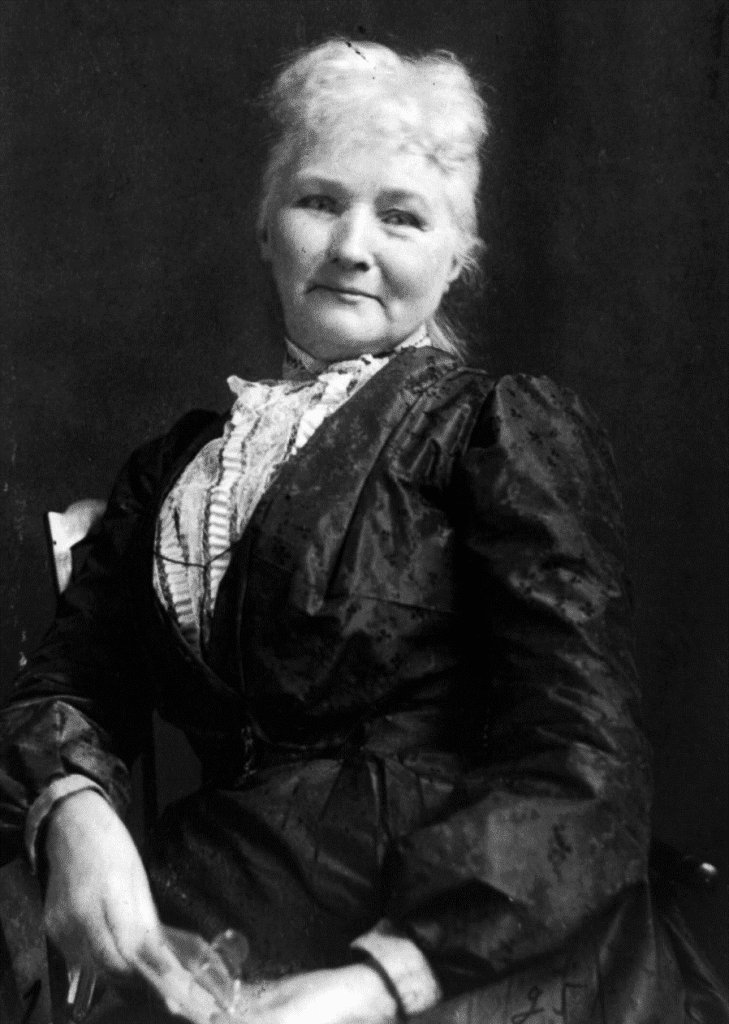
Mary was born in Cork, Ireland about 1837 and immigrated to Canada with her family during the Great Famine.
The family later moved to the United States where she married George G. Jones in Memphis, Tennessee.
They had four children when a yellow fever epidemic carried away her family in 1867. The children were all under age 5. With no one left, she moved to Chicago where she opened a dressmaking business, but bad luck followed and she lost her business and all her possessions in the Great Chicago Fire of 1871.
It was here that her luck changed.
Like many others, she helped rebuild Chicago and joined the Knights of Labor.
The Knights expanded rapidly until the Haymarket affair: someone threw a bomb into an altercation between police and striking workers, and this caused the demise of the Knights of Labor.
She then helped organize the United Mineworkers in West Virginia. The West Virginia Attorney General called her The Most Dangerous Woman in the World.
She gained prominence in mobilizing wives and children in support of strikes. Mary Harris was charismatic, dramatic, and a great orator.
With her sweet Irish brogue, she referred to the strikers as “My Boys” and even dressed the part by wearing outmoded dresses to make her look older than she was.
The name “Mother” would follow her thereafter. She would speak in a sweet voice and then drop in pitch to make her point.
She pushed to establish child labor laws and her slogan was a decent wage for workers so mothers could stay home to care for their children. In 1901 a sixth of American children under age 16 were in the workforce.
Mary Harris organized “The Children’s Crusade” in 1903. This was a march from Philadelphia to Oyster Bay, New York, the home of President Teddy Roosevelt.
The children carried signs “We want to go to School, not the Mines!” In her autobiography, she summarized:
We marched down to Oyster Bay, but the president refused to see us, and he would not answer my letters. But our march had done its work. We had drawn the attention of the nation to the crime of child labor.
And while the strike of the textile workers in Kensington was lost and the children driven back to work, not long afterward the Pennsylvania legislature passed a child labor law that sent thousands of children home from the mills and kept thousands of others from entering the factory until they were fourteen years of age.[1]
Mary died in Adelphi, Maryland in 1930 at the grand age of 93. A plaque near her birthplace in Cork says it all:
“Known as Mother Jones, campaigner for workers rights, opponent of child labor, champion of American mineworks. Her rallying cry, Pray for the dead and fight like hell for the living.”
Mike Eggleston
[1] Jones, 47.



